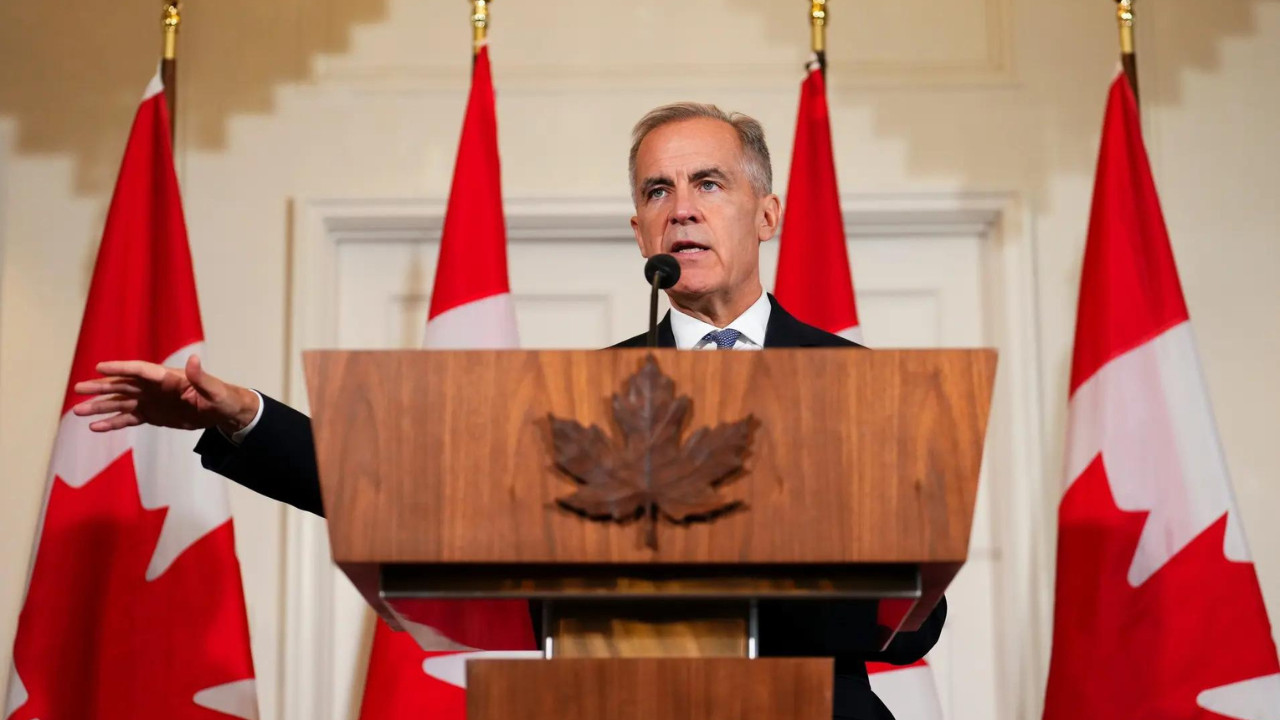Canada’s inflation hit 2.4% in September, fueled by soaring grocery costs and less of a gasoline price drop. Shelter expenses also climbed significantly. Despite these pressures, economists note core inflation remains high. Prime Minister Carney is in talks with the US to ease tariffs impacting key Canadian industries and consumers, ahead of a crucial Bank of Canada meeting.
Navigating the Shifting Tides: Canada’s Inflation Picture
Canada’s economic landscape is currently a bit like a sailboat navigating choppy waters. September brought a slight uptick in inflation, nudging the Consumer Price Index (CPI) to 2.4%, a touch higher than August’s 2.1%. While not a dramatic surge, it’s enough to make Canadians pay a little closer attention to their grocery bills and spending habits. So, what’s fueling this inflationary breeze?
The Rising Cost of the Kitchen Table: Food Price Inflation
One of the primary drivers behind this upward trend is something we all experience daily: the increasing cost of food. Grocery bills are feeling the pinch, with prices at the supermarket showing a noticeable climb. This isn’t just about fancy imported goods; it’s impacting everyday staples, impacting household budgets and making Canadians think twice about their weekly menus.

This increase in food prices has a ripple effect. It impacts lower-income families disproportionately, forcing difficult choices between necessities. For small businesses in the food service industry, it means navigating tricky decisions about menu pricing and profit margins. It’s a complex web of interconnected factors contributing to this increase.
Energy Prices are Easing Up
While food prices are on the rise, there’s a contrasting trend in the energy sector. The report highlights a decrease in gasoline prices compared to the previous year. This offers a small reprieve to consumers and businesses alike, particularly those reliant on transportation. Lower gas prices can ease the burden on logistics and supply chains, potentially mitigating some of the inflationary pressures elsewhere.
Rent and Shelter Costs Persist
Despite some relief at the pumps, the cost of shelter continues to be a significant factor impacting overall inflation. Rent prices and mortgage interest costs remain elevated, especially in major urban centers. This enduring pressure on housing affordability exacerbates the overall cost of living, particularly for young adults and newcomers to the country. Addressing these structural challenges in the housing market remains crucial to long-term economic stability. Read more about Canada’s housing market here.
What Does This Mean for the Bank of Canada?
The latest inflation figures add another layer of complexity to the Bank of Canada’s monetary policy decisions. The central bank has been carefully monitoring inflation, aiming to keep it within its target range of 1% to 3%. This subtle increase in inflation may influence the Bank’s future decisions regarding interest rates. Do they hold steady, waiting to see if this is a temporary blip? Or will they consider further adjustments to curb inflation, even if it risks slowing down economic growth? The answer isn’t straightforward.
The Global Perspective and US Tariff Talks
The Canadian economy doesn’t exist in isolation. Global events, particularly those south of the border, can have significant repercussions. The article touches on optimism surrounding US tariff talks. Any resolution that reduces trade barriers and promotes smoother international commerce could potentially ease some inflationary pressures by improving supply chains and reducing import costs. However, the impact of these negotiations remains to be seen, and their influence on the Canadian economy could take time to materialize.
A Balanced Approach is Key
Navigating this inflationary environment requires a nuanced and balanced approach. While rising food prices are a concern, lower energy costs provide a partial offset. The Bank of Canada faces a delicate balancing act, weighing the need to control inflation against the risks of stifling economic growth. As for Canadians, staying informed and making prudent financial decisions will be crucial in adapting to these shifting economic tides. The hope is that proactive measures, coupled with a stable global economic environment, will keep Canada’s economy on a steady course.
Ultimately, successfully weathering this inflationary period requires a concerted effort from policymakers, businesses, and individuals alike.







